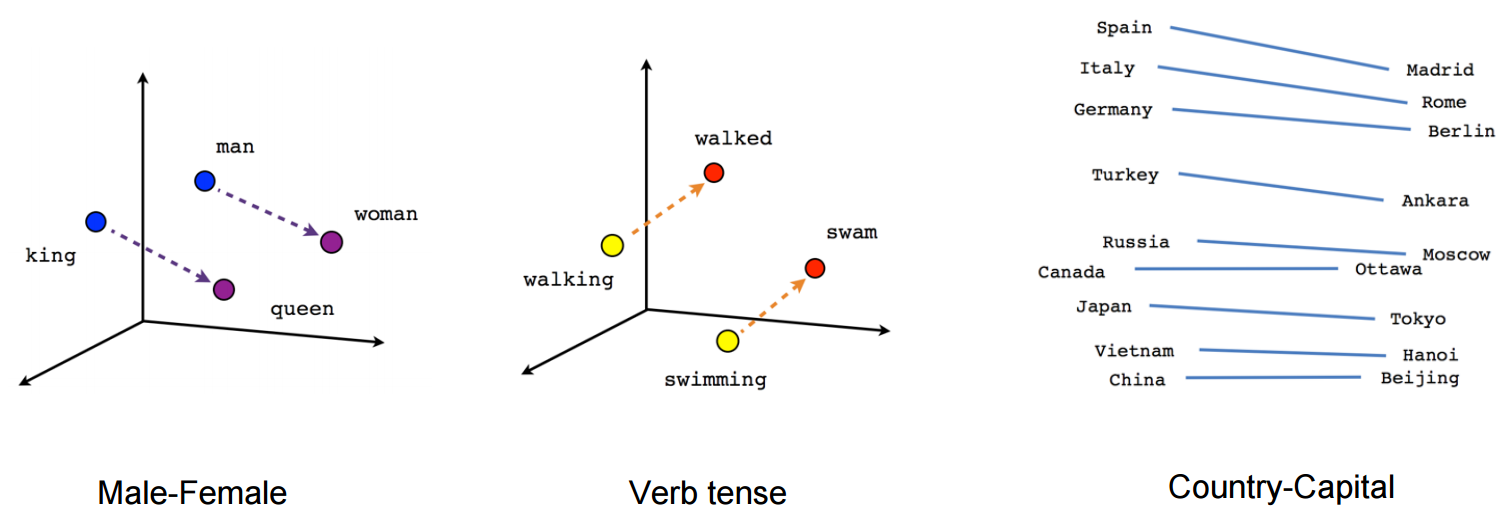Home Page and Blog of the Multilingual NLP course @ Sapienza University of Rome
Friday, March 23, 2018
Friday, March 16, 2018
Lecture 5 (15/03/2018): language modeling
We introduced N-gram models (unigrams, bigrams, trigrams), together with their probability modeling and issues. We discussed perplexity and its close relationship with entropy, we introduced smoothing


Friday, March 9, 2018
Friday, March 2, 2018
Lecture 2 (02/03/2018): Introduction to NLP (2)
We continued our introduction to NLP, with a focus on the Turing Test as a tool to understand whether "machines can think". We also discussed the pitfalls of the test, including Searle's Chinese Room argument.


Subscribe to:
Posts (Atom)





